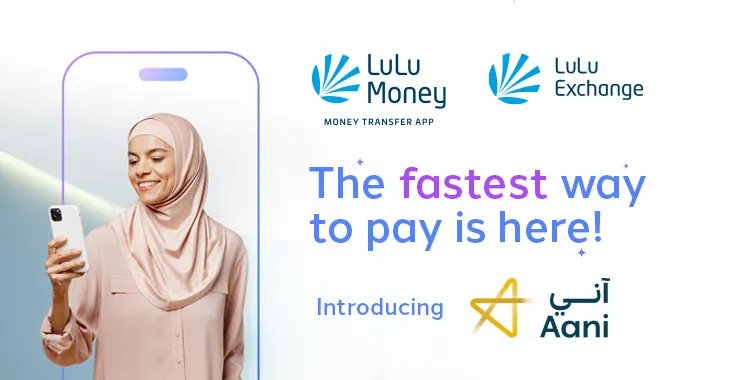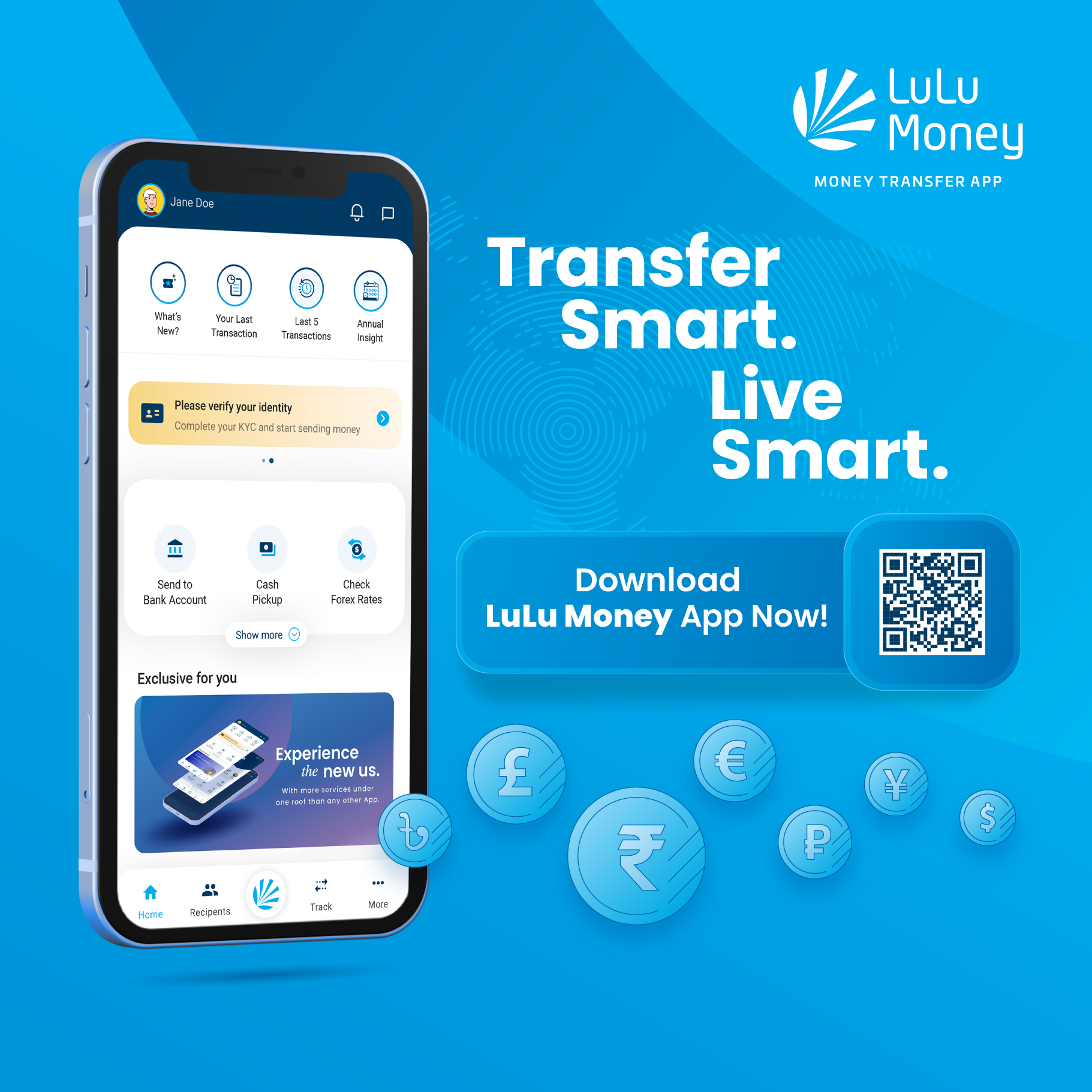

Disclaimer: The following article is intended for educational purposes. LuLu Exchange does not currently offer Web3 or blockchain-based products or advice.
For decades, traditional payment methods like cash, checks, and credit or debit cards have dominated global transactions. While reliable and widely accepted, these methods often come with drawbacks, including lengthy processing times, high transaction fees, and reliance on intermediaries like banks and clearinghouses. A cross-border transfer or even a simple point-of- sale transaction often involves delays and significant costs, highlighting the inefficiencies in traditional financial systems.
Enter Web3 payments—a revolutionary approach powered by blockchain technology and cryptocurrencies. By removing intermediaries, these decentralized systems enable near-instant, borderless transactions at a fraction of the cost. Web3 payments promise a future where transactions are not just fast and secure but also globally accessible and cost-effective.
How Web3 Payments Work
At the heart of Web3 payments lies blockchain technology. A blockchain is a distributed ledger that records transactions transparently and securely, ensuring accountability. Web3 payments utilize cryptocurrencies and stablecoins such as Bitcoin, Ethereum, and USDC to enable peer- to-peer transfers directly over blockchain networks.
The process begins when the sender initiates a payment using a Web3 wallet like MetaMask. After entering the recipient’s address and the transaction amount, the details are cryptographically signed with the sender’s private key, confirming their authorization. The transaction is then broadcast to the blockchain network, where validators confirm its legitimacy and add it to a block.
Once the transaction is validated and recorded on the blockchain, it becomes irreversible, ensuring the integrity of the process. Funds are delivered to the recipient’s wallet within minutes, making the entire operation significantly faster than traditional systems, which often take days, especially for international transfers.
Key Platforms Driving Web3 Payments
Several platforms have emerged to optimize and streamline Web3 payment systems.
The Lightning Network enhances Bitcoin transactions by creating off-chain payment channels, enabling instant and low-cost transfers. Polygon, a scaling solution for Ethereum, processes transactions on sidechains to reduce costs and enhance efficiency. Meanwhile, Ripple leverages its XRP Ledger for fast, cross-border payments, with XRP acting as a bridge currency for seamless fiat-to-fiat exchanges.
These platforms showcase the innovative potential of Web3 technology in overcoming traditional financial bottlenecks.
The Advantages of Web3 Payments
Web3 payments bring transformative benefits, making them an attractive alternative to traditional financial systems.
One of the most significant advantages is speed. Payments are completed within minutes, irrespective of geographical boundaries, allowing for near-instant settlements. Costs are dramatically reduced due to the elimination of intermediaries, making cross-border payments particularly economical. Web3 systems operate 24/7, unhindered by banking hours, ensuring accessibility at any time.
Web3 payments also introduce programmable money through smart contracts, which can automate transactions based on pre-defined conditions. Enhanced privacy is another feature, as transactions do not require personal information to be stored by third parties. This technology also supports micropayments, unlocking new business opportunities that traditional systems cannot accommodate.
Benefits for Consumers and Merchants
The decentralized nature of Web3 payments offers distinct advantages for both consumers and merchants. Lower fees translate to savings for all parties, while faster transaction times improve the overall experience, particularly for international payments.
Web3 payments also advance financial inclusion by providing services to unbanked populations, offering access to global financial systems without traditional banking infrastructure. Merchants can explore innovative business models, such as pay-per-use services or micro-monetized content, thanks to the flexibility of Web3 payments. Additionally, blockchain’s cryptographic security ensures transactions are resistant to fraud or unauthorized changes, fostering greater trust in the system.
Challenges in Web3 Payments
Despite their promise, Web3 payments face challenges that need to be addressed to ensure widespread adoption.
Scalability remains a pressing issue, as some blockchain networks struggle with high transaction volumes. Solutions like Layer 2 networks and sidechains are working to alleviate this limitation. Volatility is another concern, as the value of cryptocurrencies can fluctuate significantly. Stablecoins, which are pegged to stable assets like the US dollar, offer a viable solution to this problem.
User adoption is still in its infancy, with barriers related to user experience, education, and accessibility. Additionally, regulatory compliance is a developing area, requiring clear frameworks to ensure Web3 systems align with legal standards across jurisdictions. For widespread adoption, Web3 payments must also integrate seamlessly with traditional financial systems, creating a hybrid model that leverages the strengths of both approaches.
The Future of Web3 Payments
The future of Web3 payments is brimming with potential. Continued advancements in scalability, intuitive user interfaces, and regulatory clarity are expected to make this technology more accessible and appealing to businesses and individuals worldwide.
Web3 payments offer faster, cheaper, and more secure alternatives to traditional methods, paving the way for a reimagined global commerce landscape. As this ecosystem evolves, it holds the power to bridge the gap between traditional and decentralized systems, fostering a more inclusive and efficient financial future.
Popular BLOG

April 22, 2025
The Global Money Week

December 16, 2024
Pay Smart, Live Easy

December 13, 2024
Taxation in Web3: Simplifying Compliance in the Crypto Age

December 13, 2024
Decentralized Finance for the Digital Age

December 13, 2024
Philanthropy with Blockchain: Transforming Charitable Giving

December 13, 2024
A New Page for Blockchain-Driven Transactions

December 13, 2024
Digital and Physical Asset Ownership in Web3

December 13, 2024
Redefining Currency Exchange

December 13, 2024
Redefining Currency Exchange

December 13, 2024
Transforming the Insurance Landscape


